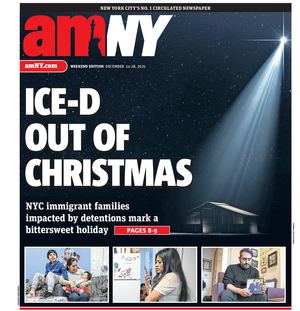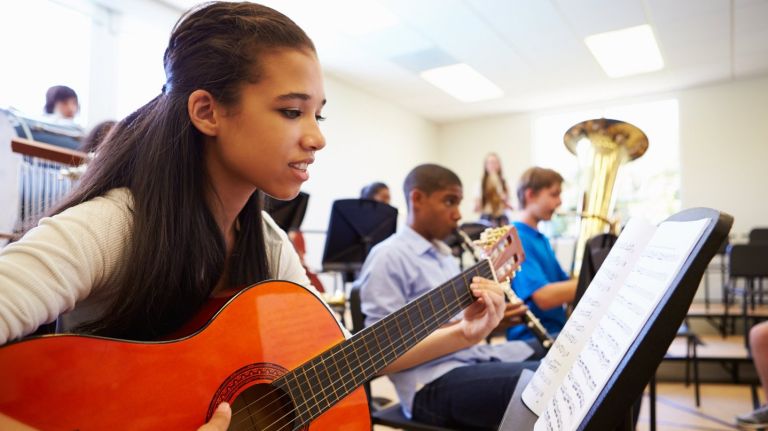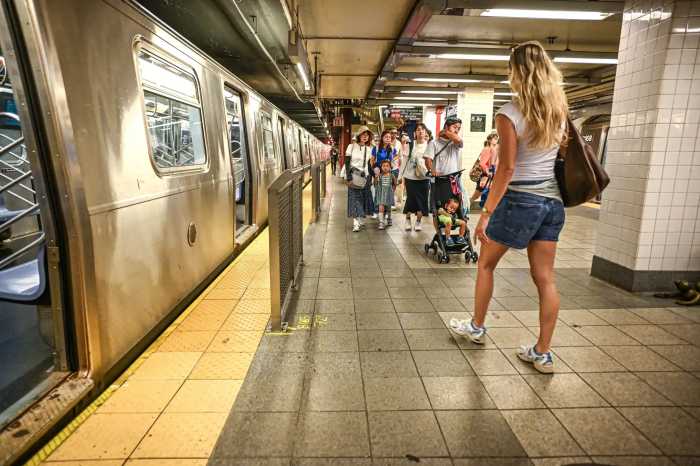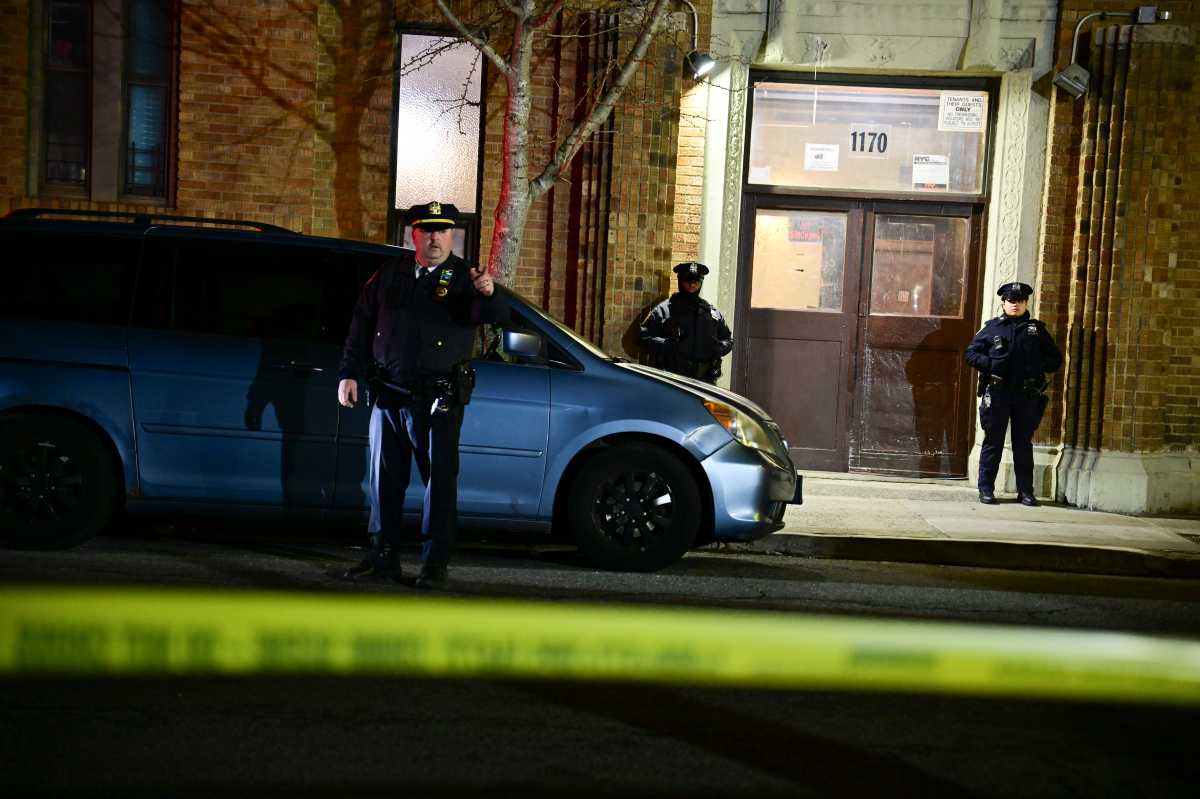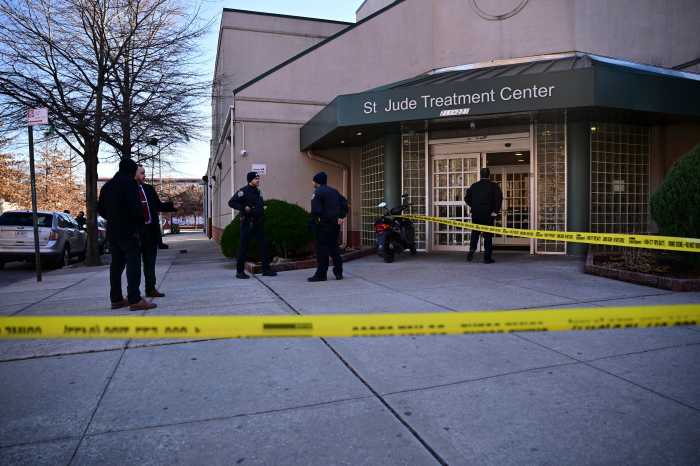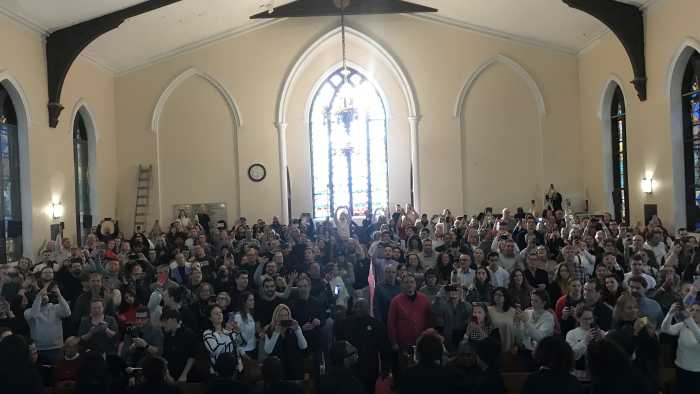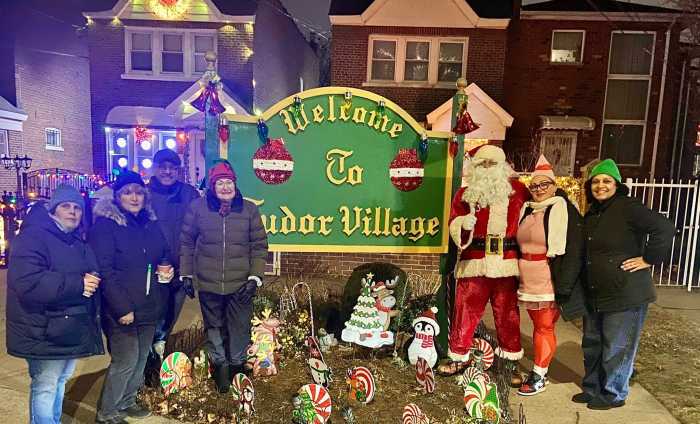
Arts and cultural programs benefit the well-being of low-income neighborhoods, a report released Thursday found.
But access to those programs is uneven, with some areas left out, the report said.
Researchers at UPenn’s Social Impact of the Arts Project studied various art sources in the city, such as nonprofits, bookstores and entertainment venues, to see how art influences young students. They found that the presence of art resources led to a 14% decrease in child abuse, a 5% decrease in child obesity and an 18% decrease in crime.
“Our research clearly demonstrated that sections of the city are doing well on a number of dimensions of well-being, despite significant economic challenges,” Mark Stern, the lead researcher, said in a statement.
The analysis was conducted between 2014 and 2016 and looked at hundreds of neighborhoods in the five boroughs, such as East Harlem and Fort Greene. The project noted an imbalance when it comes to art and culture access, as parts of Manhattan and Western Brooklyn have more concentration of organizations.
The city’s Department of Cultural Affairs said it will use the report to design a cultural plan to address the gaps.
“This remarkable research makes it clearer than ever: Access to culture is a defining feature of a healthy community,” Cultural Affairs Commissioner Tom Finkelpearl said in a statement.
